Patenting AI Inventions: A Global Comparison of Legal Requirements
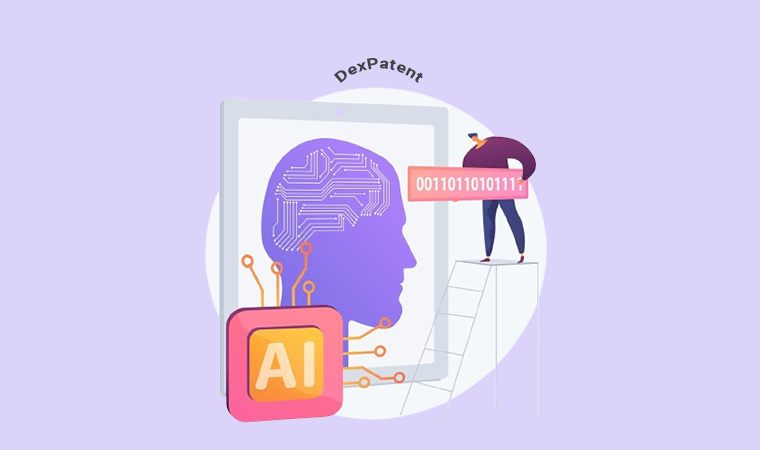
Artificial Intelligence (AI) and Machine Learning (ML) are driving invention across industries, from healthcare and autonomous systems to cybersecurity and financial technology. As AI-powered solutions become more advanced, securing patent protection is critical for inventors and businesses looking to safeguard their inventions. However, obtaining a patent for AI inventions is not straightforward, different jurisdictions impose varying requirements based on how they balance invention incentives, legal frameworks, and economic policies. Understanding these differences is essential for successfully navigating the patent landscape.
As AI innovation accelerates globally, it’s essential to understand how major patent offices including the United States, Europe, India, China, Japan, and other key regions approach AI patenting. Gaining insight into these jurisdictional nuances allows businesses and innovators to craft smarter, more strategic patent applications that stand a better chance of being granted.
Fundamental Patentability Requirements
At the heart of patentability lie three fundamental criteria that apply to all inventions, including AI and ML-based inventions:
- Novelty
- An invention must be completely new and must not have been publicly disclosed before the patent application date
- It should not exist in prior patents, published research, or commercially available products
- A prior art search is conducted to ensure that the invention has not been previously disclosed
- Non-Obviousness (Inventive Step)
- The invention must involve an inventive step, it should not be an obvious improvement of an existing technology to someone skilled in the field
- For example,
Self-driving cars rely on cameras, radar, and LiDAR to navigate. A novel AI system that intelligently switches between these sensors based on real-time conditions—such as prioritizing radar and LiDAR when fog blocks the camera—demonstrates true inventiveness. While using sensors isn’t new, an adaptive system that seamlessly blends sensor data represents a non-obvious technological advancement.
- Industrial Applicability
- The invention must have a practical application in an industry or field of technology
- It cannot be purely theoretical; it must be capable of being manufactured, implemented, or used in business
- This ensures that patents are granted for inventions that contribute to real-world advancements
Patentable Subject Matter: The Challenge for AI Patents
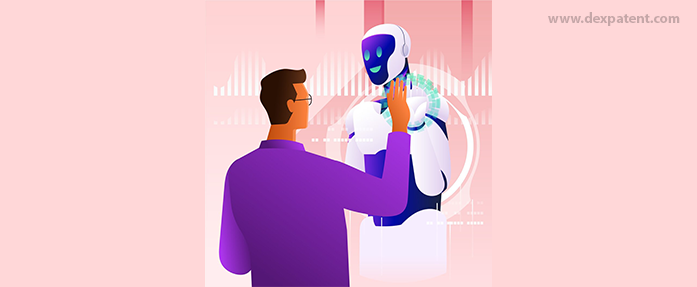
Beyond these three fundamental criteria, an invention must fall within patentable subject matter as defined by law. Many jurisdictions exclude certain categories, such as abstract ideas, mathematical models, and business methods. This is particularly relevant for AI and ML inventions, as some patent offices consider AI algorithms and software-driven solutions as unpatentable unless they provide a clear technical contribution.
However, AI inventions can overcome these exclusions by demonstrating a technical effect. For instance, an AI algorithm for medical diagnostics may be patentable if it enhances image recognition accuracy in MRI scans, proving a concrete technical benefit beyond standard data processing.
Different jurisdictions interpret and enforce these criteria differently. Some regions, like the United States, China, and South Korea, take a more patent-friendly approach, while India and the European Union impose stricter limitations on AI-based inventions.
Patentability Requirements in Different Jurisdictions

- United States (USPTO)
The United States Patent and Trademark Office (USPTO) applies the Alice/Mayo test for AI-related patents based on 35 U.S.C. § 101 (Patentable Subject Matter).
- Step 1: Determines if the AI-related claim is directed to an abstract idea (such as mathematical concepts or mental processes).
- Step 2: Checks if the claim integrates the abstract idea into a practical application with a technical benefit.
AI patents must demonstrate a clear technical improvement beyond standard data processing. Examples include AI-driven cybersecurity, medical imaging enhancements, and AI-based network optimization.
- European Union (EPO)
The European Patent Office (EPO) follows a technical effect approach based on Article 52(2) of the European Patent Convention (EPC), which excludes mathematical methods and computer programs unless they contribute to a technical solution.
- AI-related inventions must solve a technical problem and have a specific technical purpose.
- Merely implementing AI in software is not patentable unless it contributes to fields like autonomous vehicles, robotics, or medical diagnostics.
- Reproducibility is crucial, requiring detailed algorithm descriptions.
- India (IPO)
The Indian Patent Office (IPO) follows a strict approach based on Section 3(k) of the Indian Patents Act, 1970, which excludes mathematical and business methods, computer programs per se, and algorithms from patentability.
- AI patents must demonstrate industrial applicability and contribute to a technical field.
- Hardware-based AI solutions (e.g., AI chips, edge computing) have better chances of being patented than standalone AI algorithms.
- China (CNIPA)
The China National Intellectual Property Administration (CNIPA) takes a pro-patent stance under Article 25 of the Patent Law of China, which excludes scientific discoveries and rules/methods for mental activities, but allows AI-related inventions if they contain technical features and practical applications.
- Unlike India and the EU, China allows AI-driven business methods if they have technical aspects.
- AI patents related to computer vision, autonomous systems, and speech recognition have seen high approval rates.
- Japan (JPO)
The Japan Patent Office (JPO) applies Article 29(1) of the Japanese Patent Act, which requires an AI invention to provide a technical contribution beyond mere data processing.
- AI inventions must solve a technical problem rather than being purely algorithmic.
- Applications in robotics, healthcare AI, and intelligent automation are favored.
- AI models must be well-documented to prove reproducibility.
- South Korea (KIPO)
The Korean Intellectual Property Office (KIPO) follows Article 2(1) of the Korean Patent Act, requiring AI-related patents to show technical applicability beyond mere software.
- AI applied in smart manufacturing, biotech, and autonomous systems is encouraged.
- Business-method AI patents face high rejection rates unless they contribute to a technical improvement.
- Australia (IP Australia)
The Australian Patent Office (IP Australia) follows Section 18(1)(a) of the Patents Act 1990, which defines patentable subject matter and excludes abstract ideas and mathematical formulas.
- AI patents must produce a tangible technical effect beyond standard data processing.
- AI used in automation, machine learning applications, and medical diagnostics has a higher chance of patent approval.
- Software-based AI must demonstrate technical invention, not just automation of human tasks.
- Canada (CIPO)
The Canadian Intellectual Property Office (CIPO) applies Section 27(8) of the Canadian Patent Act, which excludes abstract ideas, mathematical methods, and computer programs from patentability unless they are integrated into a technological solution.
- AI inventions must provide a real-world practical application beyond abstract calculations.
- AI patents used in smart healthcare, telecommunications, and predictive analytics have higher success rates.
- AI-based business methods are less likely to be patented unless they incorporate a technical feature.
Key highlights
| Country | Patentability Requirement for AI | Relevant Legal Section | Ease of Patenting |
| USA | Must solve a technical problem beyond an abstract idea | 35 U.S.C. § 101 | Moderate |
| Europe | Requires a specific technical effect and detailed algorithm documentation | EPC Article 52(2) | Challenging |
| India | AI-based software patents are difficult; hardware-based AI solutions preferred; Requires a specific technical effect or contribution | Section 3(k) of the Patents Act, 1970 | Challenging |
| China | More AI patents granted; AI business methods allowed if they have a technical aspect | Article 25 of the Patent Law of China | Easy |
| Japan | Technical contribution is mandatory; AI must be reproducible | Article 29(1) of the Japanese Patent Act | Moderate |
| South Korea | Similar to Japan and Europe; AI must have industrial application | Article 2(1) of the Korean Patent Act | Moderate |
| Australia | AI must produce a tangible technical effect, not just automation | Section 18(1)(a) of the Patents Act 1990 | Moderate |
| Canada | AI inventions must provide a real-world practical application | Section 27(8) of the Canadian Patent Act | Moderate
|
Conclusion
AI patentability varies significantly across jurisdictions, with some countries (like China and the US) taking a more flexible approach, while others (India and the EU) impose stricter requirements.
- Hardware-based AI solutions have a higher patent success rate than standalone algorithms
- AI used in healthcare, robotics, and automation generally qualifies for patents in most jurisdictions
- Patent applicants should align AI inventions with technical contributions to increase approval chances
For businesses and inventors, understanding global AI patentability laws is essential for strategic filing and maximizing protection.
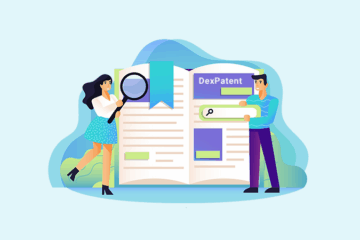
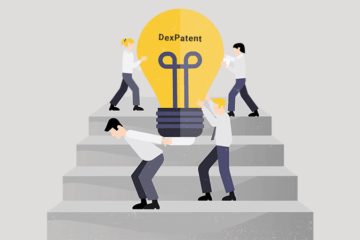
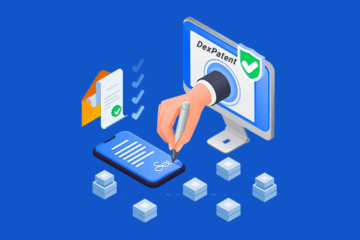









0 Comments